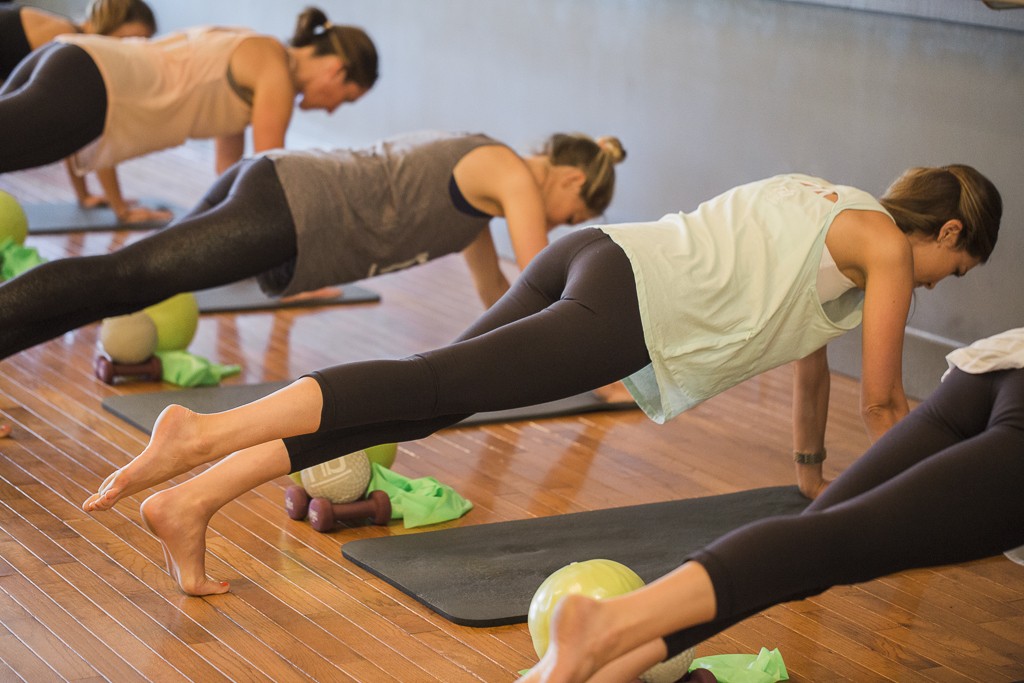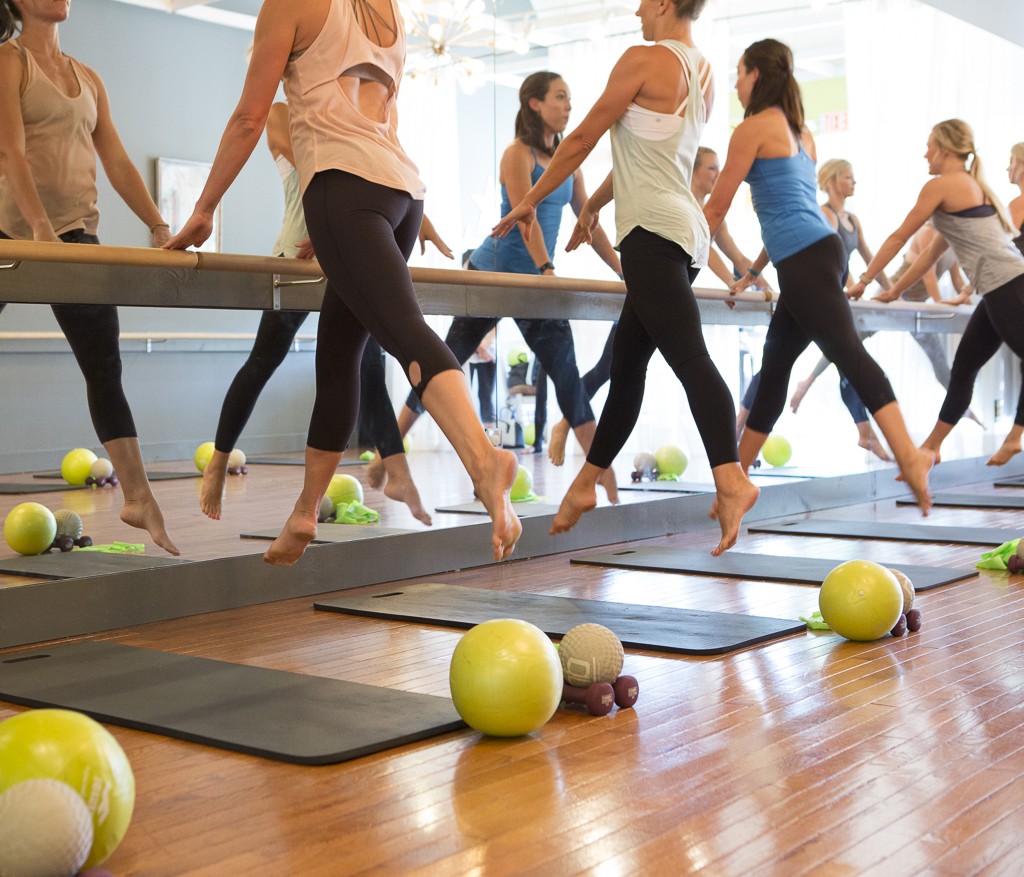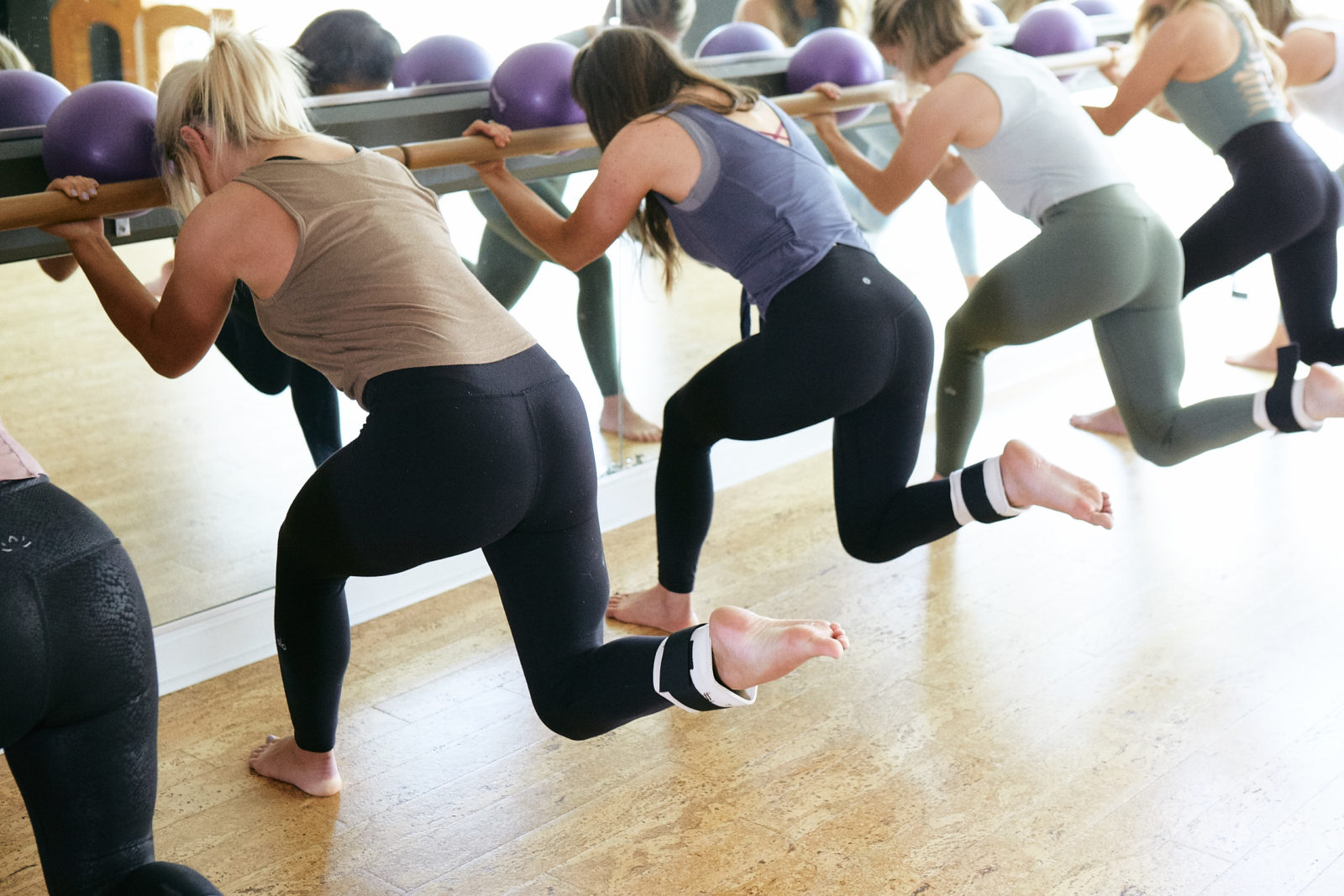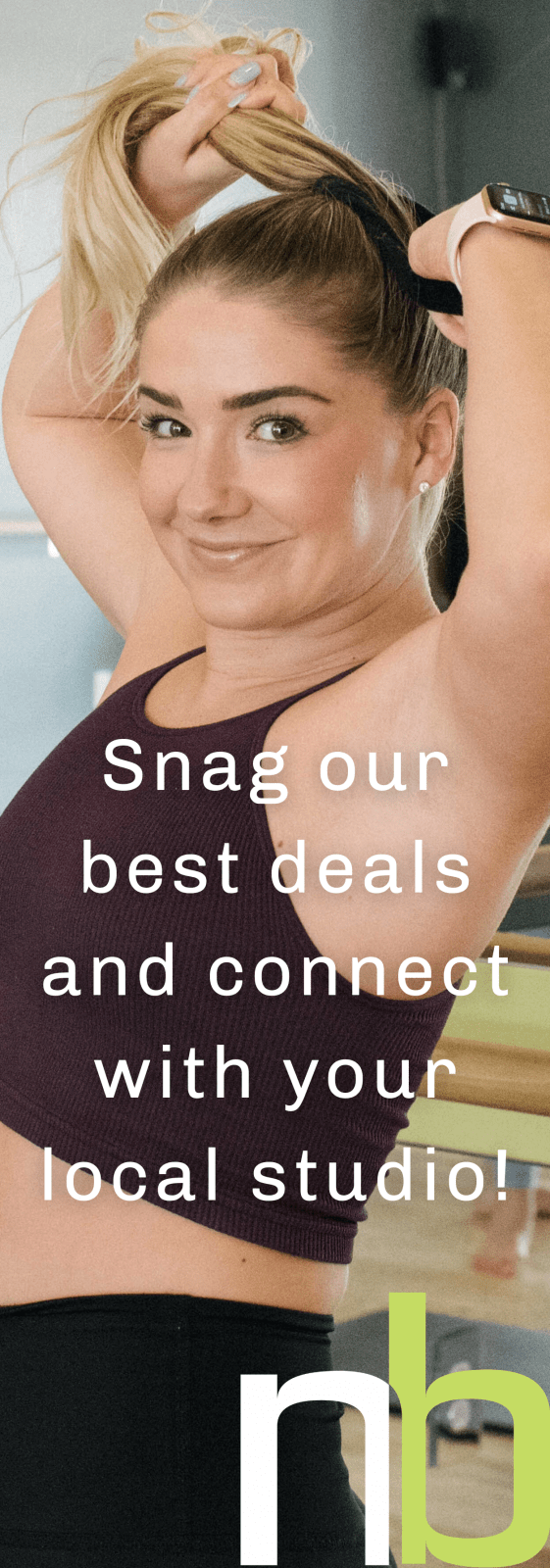What is the "Working Zone"?
There are a lot of misconceptions about what your “working zone” is when exercising – and what is the best zone to work in for optimal results. We’re breaking down the 4 zones today, including what it feels like when exercising by zone, so you can conquer your work out and recalibrate your fitness routine.
Zone 1: Warm Up Zone. You want to ease into your workout by gently activating muscles and connecting breath to movement to get started. This is where you prep your cardiovascular system, joints and connective tissue to exercise harder in the near future. Your warm-up will allow you to prevent injury, promotes better blood flow and circulation, and preps you mentally for your workout.
What it feels like: You want to literally warm-up those muscles, so you can sink deeper and work harder during your primary exercise. You should slowly feel your breathing patterns increase, and your muscles activate and become pliable and warm.

Zone 2: Fat Burning Zone. Just beyond the warm-up is zone 2, commonly referred to as your fat burning zone. You feel pretty good in this zone, and can exercise for a long time at this pace. Think walking the dog or even slow, steady exercise on a machine. You will burn more fat than glycogen (stored carbs) at this level, but not reap the benefits of the after burn, with a lower overall calorie burn. This level is ideal for beginners, and you are most commonly at this stage in a classic Barre class during portions of our abs and warm-up series.
What it feels like: In the fat-burning zone, you’re working “comfortably.” Your muscles are engaged and maybe starting to burn, but you can complete the exercise with little discomfort. You might sweat a little and breathe a little harder than usual, but you should feel as if you can sustain this activity for a long time. You’re able to carry on a conversation relatively normally.

Zone 3: Aerobic Exercise. This is when your heart rate starts to tick upwards, and your muscles are burning and beginning to fatigue. Calories burned in this zone are more of an even split between your fat stores and the sugar that is readily available, burning some of each. Though you are not burning as many fat calories as a percentage, you will be burning more calories overall. This level is most commonly found in our seat and thighs sections in classic Barre, Barre POWER and Barre FLOW classes.
What is feels like: In this zone you’re working “comfortably hard.” You’re getting the urge to stop soon and your muscles are hot and may even begin to shake. You’re exercising hard enough to begin feeling out of your comfort zone, maybe breathing mostly through your mouth. You are able to talk during this zone, but in shorter phrases, not a full-blown conversation.

ZONE 4: Anaerobic Exercise. When you are working in anaerobic territory, you are either exercising at a cardio pace of 75 – 85% maximum heart rate, or have completely exhausted your muscles during strength training. This zone torches tons of calories in minimal time, while also reaping the benefit of burning calories long after the workout is finished. Excess Post-Exercise Oxygen Consumption (E.P.O.C) means your body will continue to burn more calories than it would after a lower impact, or steady state exercise (like level 1 or 2). This level is most commonly found when you have fully fatigued your muscles and are shaking in any portion of Barre class, like during thigh Super Sets, as well as throughout our Barre HIIT class (where we work out at a 20 second/10 second Tabata interval pace).
What it feels like: You are out of breath, and mostly unable to talk. It feels like an all-out sprint for cardio classes, like Barre HIIT. Or it feels like your muscle literally cannot handle another rep, or hold the position any longer, for strength training classes, like classic Barre. It’s impossible to spend much time here – generally less than a minute, and usually closer to 20-30 seconds at a time.

So what’s the best zone to work in? Have you ever heard the phrase there is no such thing as a bad workout? You might’ve guessed it then – it’s all of them! Just like taking a class that works your entire body for a well-rounded workout, exercising in different training zones creates a more balanced fitness level. It not only helps you reduce fat and burn calories, but also keeps your heart healthy and your joints limber and free of pain.
We suggest planning for 1-2 days of Aerobic zone classes and 1 – 2 days of Anaerobic zone classes, depending on your fitness goals, and plenty of fat burning in-between! This regimen gives you “active resistance” for strength training in-between your more taxing zones. Your aerobic exercise teaches your body to build endurance. When you practice endurance, you gain more agility and strength so future workouts become less taxing and your working time in the more difficult zones can increase. And the anaerobic zone is your metabolism’s little helper – allowing you to burn calories during class and for up to 14 hours afterwards. More than anything, your body will respond to variety. The best way to burn fat and keep your body healthy is to work smarter, by understanding your zones.


